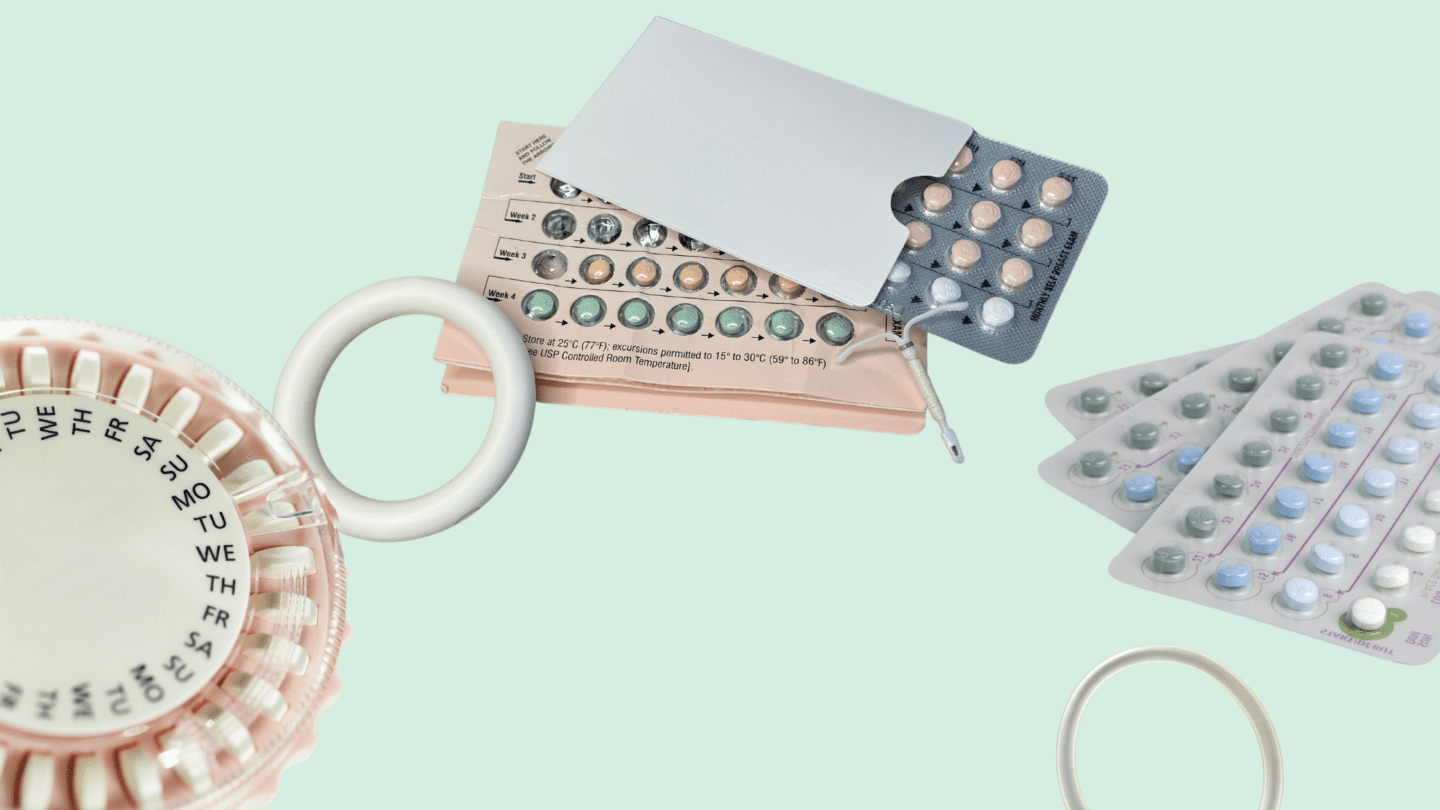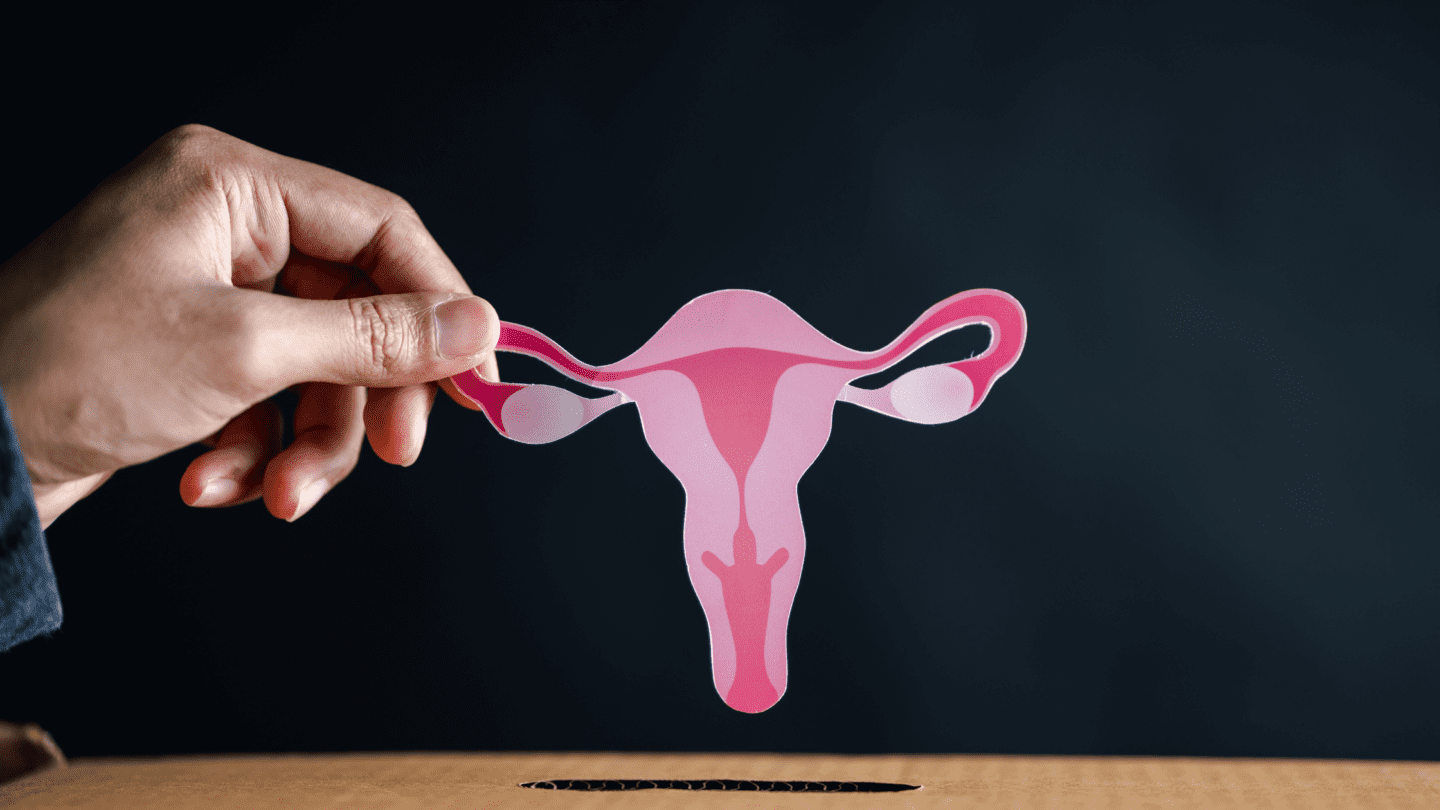A Quick Refresher on
Endometriosis is a chronic, painful gynecological condition in which endometrial tissue grows and sheds outside of the .
Patients with are most commonly diagnosed in their late 20’s to 40’s,1-2 but it can happen to any person with endometrial tissue who is of reproductive age. Risk factors include family history of the disease and medical history of .
Symptoms include painful periods, other pain, , short cycles, heavy periods, intermenstrual bleeding or digestive pain associated with monthly hormonal cycle.3 However, a patient’s symptoms can be atypical (i.e. not include the above list of symptoms), and one-third of patients are asymptomatic4 —meaning, this is a complicated disease.
Approximately 11% of people with a in the US are thought to have , but this could be an underestimate.5-6 Reasons for the potentially low estimate include:
- A lack of reliable, non-invasive method of diagnosis
- Asymptomatic individuals remaining undiagnosed (until they have other procedures like tubal ligations or other laparoscopic surgeries)
- Undiagnosed patients who have disease that regresses or does not progress.7
With all of these challenges for diagnosis, it’s no surprise that the average delay time for a patient to receive a diagnosis is 7-12 years, depending on the country.8
There are a number of factors that can increase your risk for the disease9 and there is no clear cause or cure-all treatment.10 Importantly, can dramatically affect a patient’s quality of life, including mental health, with 86% of patients reporting symptoms of depression.11
Learn more details about the signs and symptoms of .
Hormonal options can help patients with certain gynecological conditions where a consistent medicine is used to manage their symptoms. Read on for more about how can be used to treat .
Can help with ?
The currently available treatments for control pain and minimize extra-uterine tissue growth.12 Since the exact cause of the disease is not well understood, treatments can’t specifically address a cause. Considering this and a commonly young age of onset, patients can experience years of chronic pain due to . This can be frustrating if suggested “treatments” don’t actually help at all, help for only a period of time, or add additional unwanted side effects.13
But, for the question at hand: Can help with ? In short: Yes!
Hormonal is often considered a first-line of treatment for women with who are not trying to get pregnant. Currently, there is not one “best” option for . More high quality studies are needed to understand which patients benefit most from which s.
Want to learn more? Get the latest straight to your inbox 💌
What kinds of can improve ?
In general, s that contain hormones can help alleviate symptoms of . may even slow progression of the disease by regulating hormones that affect the cellular changes the undergoes.14 pills, only pills, IUDs or the implant are all possible options. Using these in extended cycle or continuous cycle treatments can also help.15
IUDs are effective for reducing symptoms and pain associated with . Their low maintenance requirement and long term efficacy make them very good options for chronic when a patient is not trying to conceive.16
Yet, research remains split on whether combined oral contraceptives or progestin-only formulations are more effective for patients. For example:
- Some studies say that only pills are the best17
- Others are inconclusive about whether IUDs offer benefits after surgery for 18
- Others say the IUD provides similar benefits to the implant19
- Another study says the implant decreases pain, but doesn’t compare options20
What many of these studies have in common is the suggestion that more high quality research is needed to better understand the nuances of which hormonal contraceptives are best for which symptoms of the disease.21
So far, limited research has been done on the ring or the patch to improve symptoms, although conceptually, they should work. One study compared only these two options and found that both reduced painful periods associated with .22
Based on the available science not indicating preferred option, the best option for you is likely the that is best for you and your body.
Is adyn right for you? Take the quiz.
What are other treatments for ?
As mentioned, most “treatments” are not actually curative, but more symptom management or “suppressive”.23 Other than hormonal birth control, non-steroidal anti-inflammatory drugs (NSAIDs) are another first-line, over-the-counter, “suppressive” treatment for pain associated with the menstrual cycle.24
Surgery to remove the diseased tissue is an option for “recurrent or resistant” cases, but is often considered after the pharmaceutical options are attempted.25 Danazol, a hyperandrogenic therapy, can be used to treat pain, however it isn’t as common any more due to its substantial, undesired side effects.26
New, investigational treatments for include GnHR (Gonadotropin-Releasing ) agonists, aromatase inhibitors, receptor modulators, and immunomodulators.27 GnHR agonists could be an option for those who don’t respond to , however, these drugs often have considerable side effects and cannot be administered orally.28 Overall, more evidence is needed to support these as viable treatments for (this is a good example of a “medical research gap,” something we’re working to solve for at adyn).
Therapies currently being developed could target the causes of , offer therapies for patients trying to conceive, or offer options to patients for whom and NSAIDs do not work.29 For now, the level of data supporting these newer treatments varies and is generally limited and not of high quality (i.e. small populations, not compared, no control group, not compared to other treatment options).
Conclusion
Endometriosis is an extremely painful and unfortunately, fairly common gynecological condition. It can be frustrating for patients to have no cure, and only limited options to minimize symptoms. However, symptoms of this disease can be alleviated with hormonal birth controls. The community needs more research to better understand this disease and develop more effective therapies.
If you’re suffering from and are curious about the best option for your body, adyn can help.
-
- Endometriosis. US Department of Health and Human Services. https://www.womenshealth.gov/a-z-topics/endometriosis. Accessed March-July 2022. Last updated 22 February 2021.
- Missmer SA, Hankinson SE, Spiegelman D, Barbieri RL, Marshall LM, Hunter DJ. Incidence of laparoscopically confirmed endometriosis by demographic, anthropometric, and lifestyle factors. Am J Epidemiol. 2004;160(8):784-796. doi:10.1093/aje/kwh275
- Endometriosis. US Department of Health and Human Services. https://www.womenshealth.gov/a-z-topics/endometriosis. Accessed March-July 2022. Last updated 22 February 2021.
- Rafique S, Decherney AH. Medical Management of Endometriosis. Clin Obstet Gynecol. 2017;60(3):485-496. doi:10.1097/GRF.0000000000000292
- Buck Louis GM, Hediger ML, Peterson CM, et al. Incidence of endometriosis by study population and diagnostic method: the ENDO study. Fertil Steril. 2011;96(2):360-365. doi:10.1016/j.fertnstert.2011.05.087
- Peterson CM, Johnstone EB, Hammoud AO, et al. Risk factors associated with endometriosis: importance of study population for characterizing disease in the ENDO Study. Am J Obstet Gynecol. 2013;208(6):451.e1-451.e4511. doi:10.1016/j.ajog.2013.02.040
- Buck Louis GM, Hediger ML, Peterson CM, et al. Incidence of endometriosis by study population and diagnostic method: the ENDO study. Fertil Steril. 2011;96(2):360-365. doi:10.1016/j.fertnstert.2011.05.087
- Pugsley Z, Ballard K. Management of endometriosis in general practice: the pathway to diagnosis. Br J Gen Pract. 2007;57(539):470-476.
- Peterson CM, Johnstone EB, Hammoud AO, et al. Risk factors associated with endometriosis: importance of study population for characterizing disease in the ENDO Study. Am J Obstet Gynecol. 2013;208(6):451.e1-451.e4511. doi:10.1016/j.ajog.2013.02.040
- Hoppe, Kristin. The Signs and Symptoms of Endometriosis. adyn blog, Mind the Gap. https://adyn.com/blog/the-signs-and-symptoms-of-endometriosis/ Published 29 October 2021.
- Chaman-Ara K, Bahrami MA, Bahrami E. Endometriosis Psychological Aspects: A Literature Review. Journal of Endometriosis and Pelvic Pain Disorders. 2017;9(2):105-111. doi:10.5301/jeppd.5000276
- Rafique S, Decherney AH. Medical Management of Endometriosis. Clin Obstet Gynecol. 2017;60(3):485-496. doi:10.1097/GRF.0000000000000292
- Rafique S, Decherney AH. Medical Management of Endometriosis. Clin Obstet Gynecol. 2017;60(3):485-496. doi:10.1097/GRF.0000000000000292
- Rafique S, Decherney AH. Medical Management of Endometriosis. Clin Obstet Gynecol. 2017;60(3):485-496. doi:10.1097/GRF.0000000000000292
- Zorbas KA, Economopoulos KP, Vlahos NF. Continuous versus cyclic oral contraceptives for the treatment of endometriosis: a systematic review. Arch Gynecol Obstet. 2015;292(1):37-43. doi:10.1007/s00404-015-3641-1
- Rafique S, Decherney AH. Medical Management of Endometriosis. Clin Obstet Gynecol. 2017;60(3):485-496. doi:10.1097/GRF.0000000000000292
- Casper RF. Progestin-only pills may be a better first-line treatment for endometriosis than combined estrogen-progestin contraceptive pills. Fertil Steril. 2017;107(3):533-536. doi:10.1016/j.fertnstert.2017.01.003
- Gibbons T, Georgiou EX, Cheong YC, Wise MR. Levonorgestrel-releasing intrauterine device (LNG-IUD) for symptomatic endometriosis following surgery. Cochrane Database Syst Rev. 2021;12(12):CD005072. Published 2021 Dec 20. doi:10.1002/14651858.CD005072.pub4
- Ambacher K, Secter M, Sanders AP. The use of progestin subdermal implants in the management of endometriosis-related pain symptoms and quality of life: a systematic review. Curr Med Res Opin. 2022;38(3):479-486. doi:10.1080/03007995.2022.2031144
- Niu X, Luo Q, Wang C, Zhu L, Huang L. Effects of Etonogestrel implants on pelvic pain and menstrual flow in women suffering from adenomyosis or endometriosis: Results from a prospective, observational study. Medicine (Baltimore). 2021;100(6):e24597. doi:10.1097/MD.0000000000024597
- Brown J, Crawford TJ, Datta S, Prentice A. Oral contraceptives for pain associated with endometriosis. Cochrane Database Syst Rev. 2018;5(5):CD001019. Published 2018 May 22. doi:10.1002/14651858.CD001019.pub3
- Vercellini P, Barbara G, Somigliana E, Bianchi S, Abbiati A, Fedele L. Comparison of contraceptive ring and patch for the treatment of symptomatic endometriosis. Fertil Steril. 2010;93(7):2150-2161. doi:10.1016/j.fertnstert.2009.01.071
- Bedaiwy MA, Alfaraj S, Yong P, Casper R. New developments in the medical treatment of endometriosis. Fertil Steril. 2017;107(3):555-565. doi:10.1016/j.fertnstert.2016.12.025
- Marjoribanks J, Ayeleke RO, Farquhar C, Proctor M. Nonsteroidal anti-inflammatory drugs for dysmenorrhoea. Cochrane Database Syst Rev. 2015;2015(7):CD001751. Published 2015 Jul 30. doi:10.1002/14651858.CD001751.pub3
- Rafique S, Decherney AH. Medical Management of Endometriosis. Clin Obstet Gynecol. 2017;60(3):485-496. doi:10.1097/GRF.0000000000000292
- Rafique S, Decherney AH. Medical Management of Endometriosis. Clin Obstet Gynecol. 2017;60(3):485-496. doi:10.1097/GRF.0000000000000292
- Bedaiwy MA, Alfaraj S, Yong P, Casper R. New developments in the medical treatment of endometriosis. Fertil Steril. 2017;107(3):555-565. doi:10.1016/j.fertnstert.2016.12.025
- França PRC, Lontra ACP, Fernandes PD. Endometriosis: A Disease with Few Direct Treatment Options. Molecules. 2022;27(13):4034. Published 2022 Jun 23. doi:10.3390/molecules27134034
- França PRC, Lontra ACP, Fernandes PD. Endometriosis: A Disease with Few Direct Treatment Options. Molecules. 2022;27(13):4034. Published 2022 Jun 23. doi:10.3390/molecules27134034








